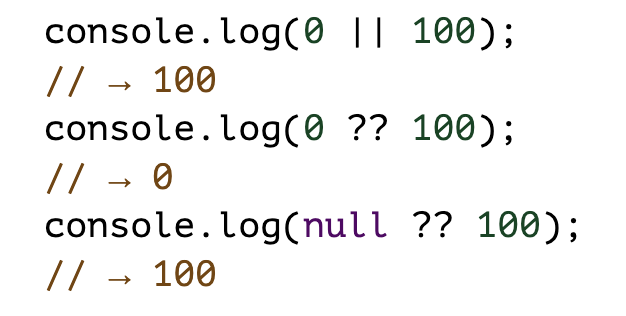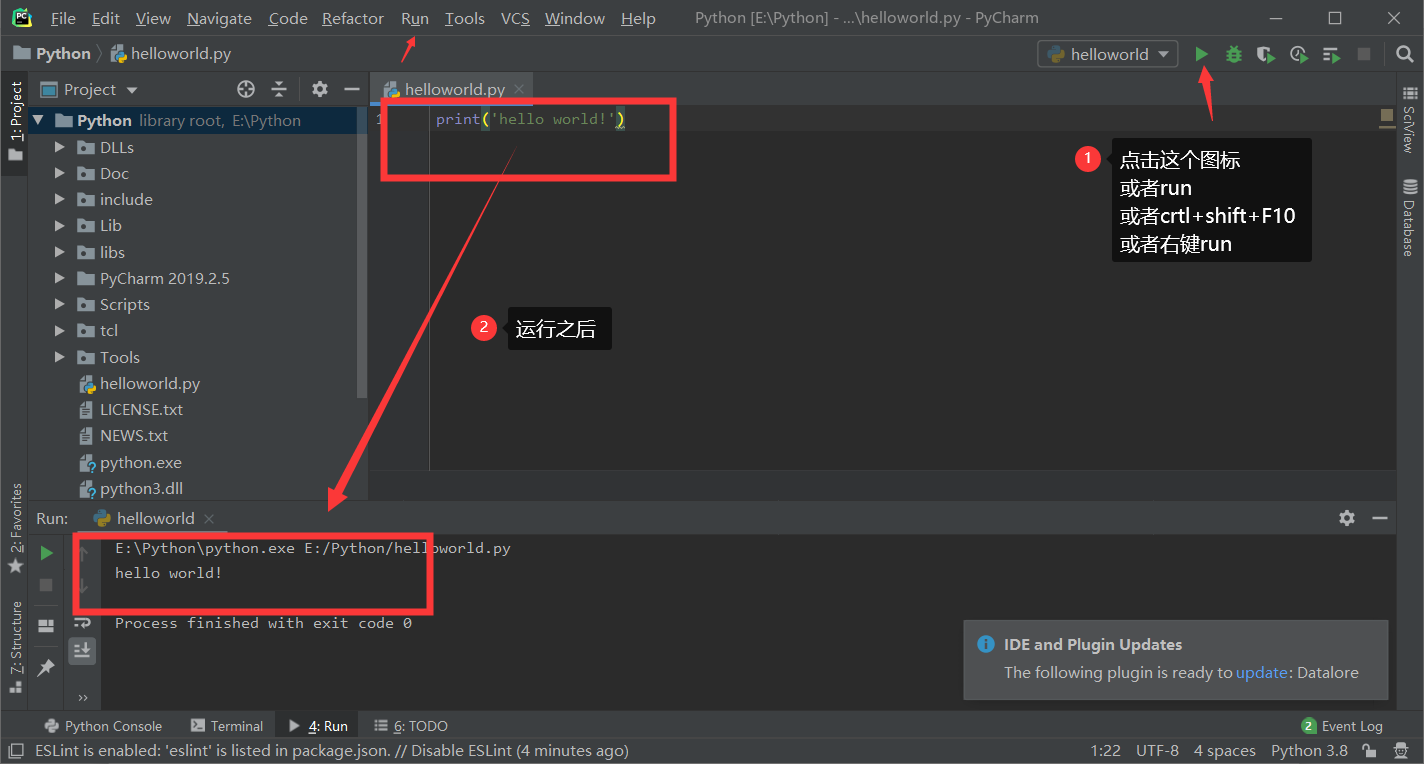知识总结
- 常用技术:
1.画图!!——>直观+形象+便于理解
2.引入虚拟”头结点“
- 便于处理边界情况
- 方便对链表操作
3.不要吝啬空间,大胆定义变量
4.快慢双指针——判环、找链表中环的入口、找链表中倒数第n个节点
- 链表中的常用操作
1.创建一个新节点
2.尾插
3.头插
俩数相加
- 题目链接
俩数相加![]() https://leetcode.cn/problems/add-two-numbers/
https://leetcode.cn/problems/add-two-numbers/
- 算法原理

- 代码步骤
/**
* Definition for singly-linked list.
* struct ListNode {
* int val;
* ListNode *next;
* ListNode() : val(0), next(nullptr) {}
* ListNode(int x) : val(x), next(nullptr) {}
* ListNode(int x, ListNode *next) : val(x), next(next) {}
* };
*/
class Solution {
public:
ListNode* addTwoNumbers(ListNode* l1, ListNode* l2)
{
ListNode* cur1 = l1, *cur2 = l2;
ListNode* newHead = new ListNode(0);
int t = 0;
ListNode* tail = newHead;
while(cur1 || cur2 || t)
{
if(cur1)
{
t += cur1->val;
cur1 = cur1->next;
}
if(cur2)
{
t += cur2->val;
cur2 = cur2->next;
}
tail->next = new ListNode(t % 10);
t /= 10;
tail = tail->next;
}
tail = newHead->next;
delete newHead;
return tail;
}
};俩俩交换链表中的节点
- 题目链接
俩俩交换链表中的节点![]() https://leetcode.cn/problems/swap-nodes-in-pairs/description/
https://leetcode.cn/problems/swap-nodes-in-pairs/description/
- 算法原理

- 代码步骤
/**
* Definition for singly-linked list.
* struct ListNode {
* int val;
* ListNode *next;
* ListNode() : val(0), next(nullptr) {}
* ListNode(int x) : val(x), next(nullptr) {}
* ListNode(int x, ListNode *next) : val(x), next(next) {}
* };
*/
class Solution {
public:
ListNode* swapPairs(ListNode* head)
{
if(head == nullptr || head->next == nullptr) return head;
ListNode *newHead = new ListNode(0);
newHead->next = head;
ListNode *prev = newHead, *cur = newHead->next;
ListNode *next = cur->next, *nnext = cur->next->next;
while(cur && next)
{
prev->next = next;
next->next = cur;
cur->next = nnext;
prev = cur;
cur = nnext;
if(cur) next = cur->next;
if(next) nnext = next->next;
}
cur = newHead->next;
delete newHead;
return cur;
}
};重排链表
- 题目链接
重排链表![]() https://leetcode.cn/problems/reorder-list/description/
https://leetcode.cn/problems/reorder-list/description/
- 算法原理

- 代码步骤
/**
* Definition for singly-linked list.
* struct ListNode {
* int val;
* ListNode *next;
* ListNode() : val(0), next(nullptr) {}
* ListNode(int x) : val(x), next(nullptr) {}
* ListNode(int x, ListNode *next) : val(x), next(next) {}
* };
*/
class Solution {
public:
void reorderList(ListNode* head)
{
if(head == nullptr || head->next == nullptr || head->next->next == nullptr)
{
return;
}
// 找到中间结点
ListNode* slow = head, *fast = head;
while(fast && fast->next)
{
slow = slow->next;
fast = fast->next->next;
}
cout << slow->val << " " << slow->next->val << endl;
// 逆序——头插
ListNode* newHead = new ListNode(0);
ListNode *cur = slow->next;
slow->next = nullptr;
while(cur)
{
slow->next = cur->next;
cur->next = newHead->next;
newHead->next = cur;
cur = slow->next;
}
// 合并俩个链表
ListNode *cur1 = head, *cur2 = newHead->next;
ListNode* ret = new ListNode(0);
cur = ret;
while(cur1)
{
cur->next = cur1;
cur = cur->next;
if(cur1) cur1 = cur1->next;
if(cur2)
{
cur->next = cur2;
cur = cur->next;
cur2 = cur2->next;
}
}
head = ret->next;
delete ret;
delete newHead;
}
};合并k个升序链表
- 题目链接
合并k个升序链表![]() https://leetcode.cn/problems/merge-k-sorted-lists/
https://leetcode.cn/problems/merge-k-sorted-lists/
- 算法原理

- 代码展示
/**
* Definition for singly-linked list.
* struct ListNode {
* int val;
* ListNode *next;
* ListNode() : val(0), next(nullptr) {}
* ListNode(int x) : val(x), next(nullptr) {}
* ListNode(int x, ListNode *next) : val(x), next(next) {}
* };
*/
class Solution {
struct cmp
{
bool operator()(ListNode* l1, ListNode* l2)
{
return l1->val > l2->val;
}
};
public:
ListNode* mergeKLists(vector<ListNode*>& lists)
{
priority_queue<ListNode*, vector<ListNode*>, cmp> heap;
for(auto ch : lists)
{
if(ch) heap.push(ch);
}
ListNode* newHead = new ListNode(0);
ListNode* prev = newHead;
while(!heap.empty())
{
ListNode* tmp = heap.top();
heap.pop();
prev->next = tmp;
prev = tmp;
if(tmp->next) heap.push(tmp->next);
}
prev = newHead->next;
delete newHead;
return prev;
}
};k个一组翻转链表
- 题目链接
k个一组翻转链表![]() https://leetcode.cn/problems/reverse-nodes-in-k-group/description/
https://leetcode.cn/problems/reverse-nodes-in-k-group/description/
- 算法原理

- 代码展示
/**
* Definition for singly-linked list.
* struct ListNode {
* int val;
* ListNode *next;
* ListNode() : val(0), next(nullptr) {}
* ListNode(int x) : val(x), next(nullptr) {}
* ListNode(int x, ListNode *next) : val(x), next(next) {}
* };
*/
class Solution {
public:
ListNode* reverseKGroup(ListNode* head, int k) {
// 计算翻转次数
int n = 0;
ListNode *tmp = head;
while(tmp)
{
tmp = tmp->next;
n++;
}
n = n / k;
ListNode newHead;
newHead.next = nullptr;
ListNode *prev = &newHead, *cur = head;
for(int i = 0; i < n; i++)
{
tmp = cur;
for(int j = 0; j < k; j++)
{
ListNode *next = cur->next;
cur->next = prev->next;
prev->next = cur;
cur = next;
}
prev = tmp;
}
prev->next = cur;
cur = newHead.next;
return cur;
}
};


















